The garden is open all year round and every day for groups
The gardens and the arboretum
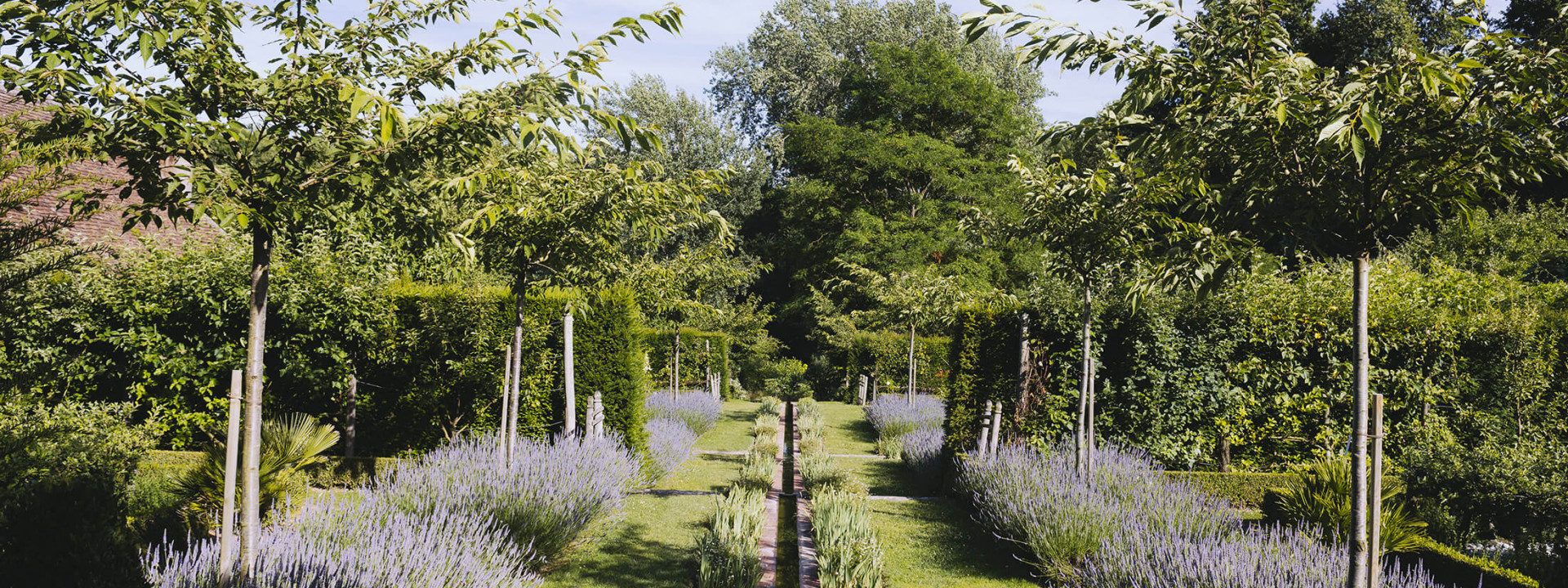
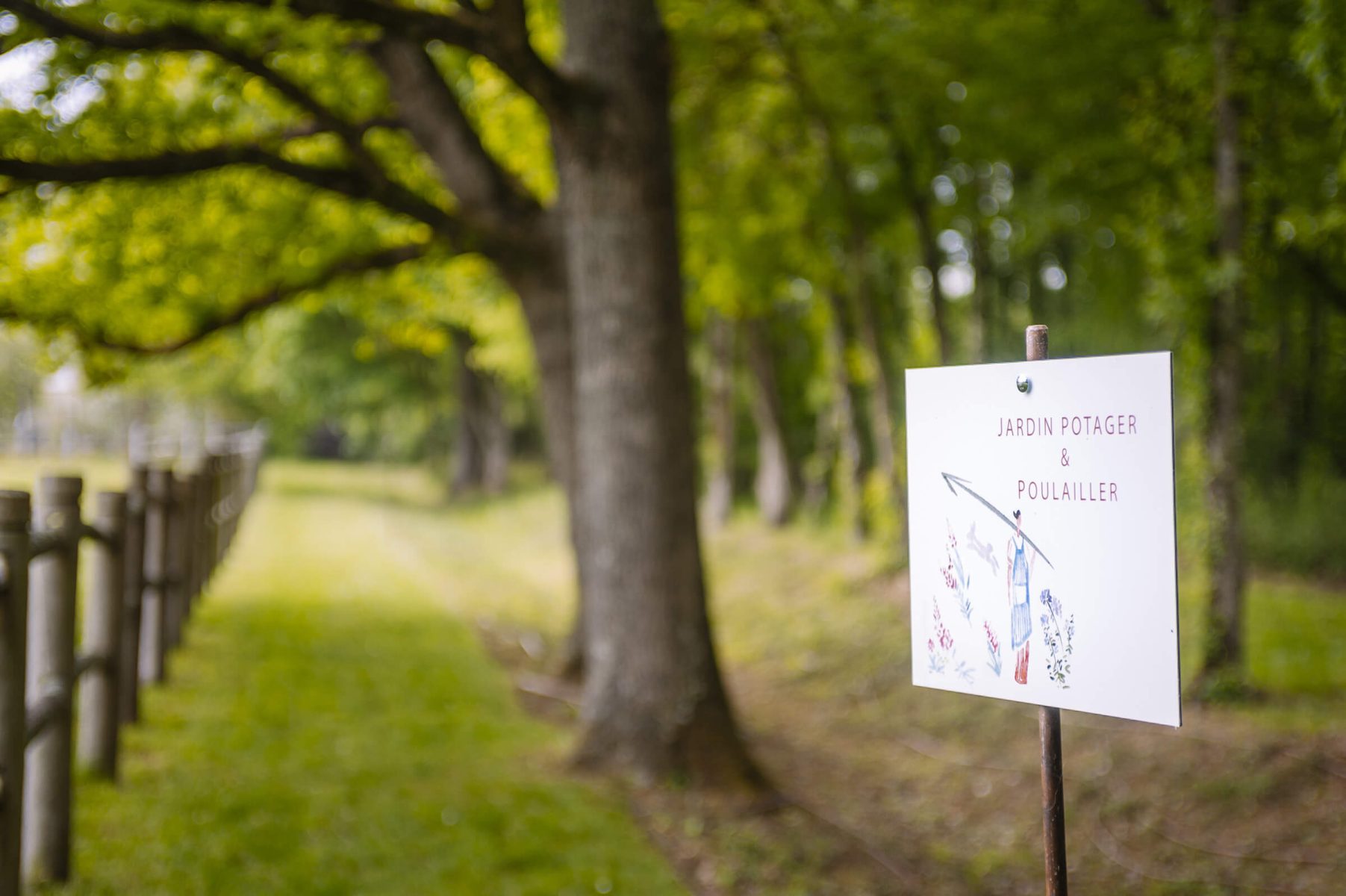

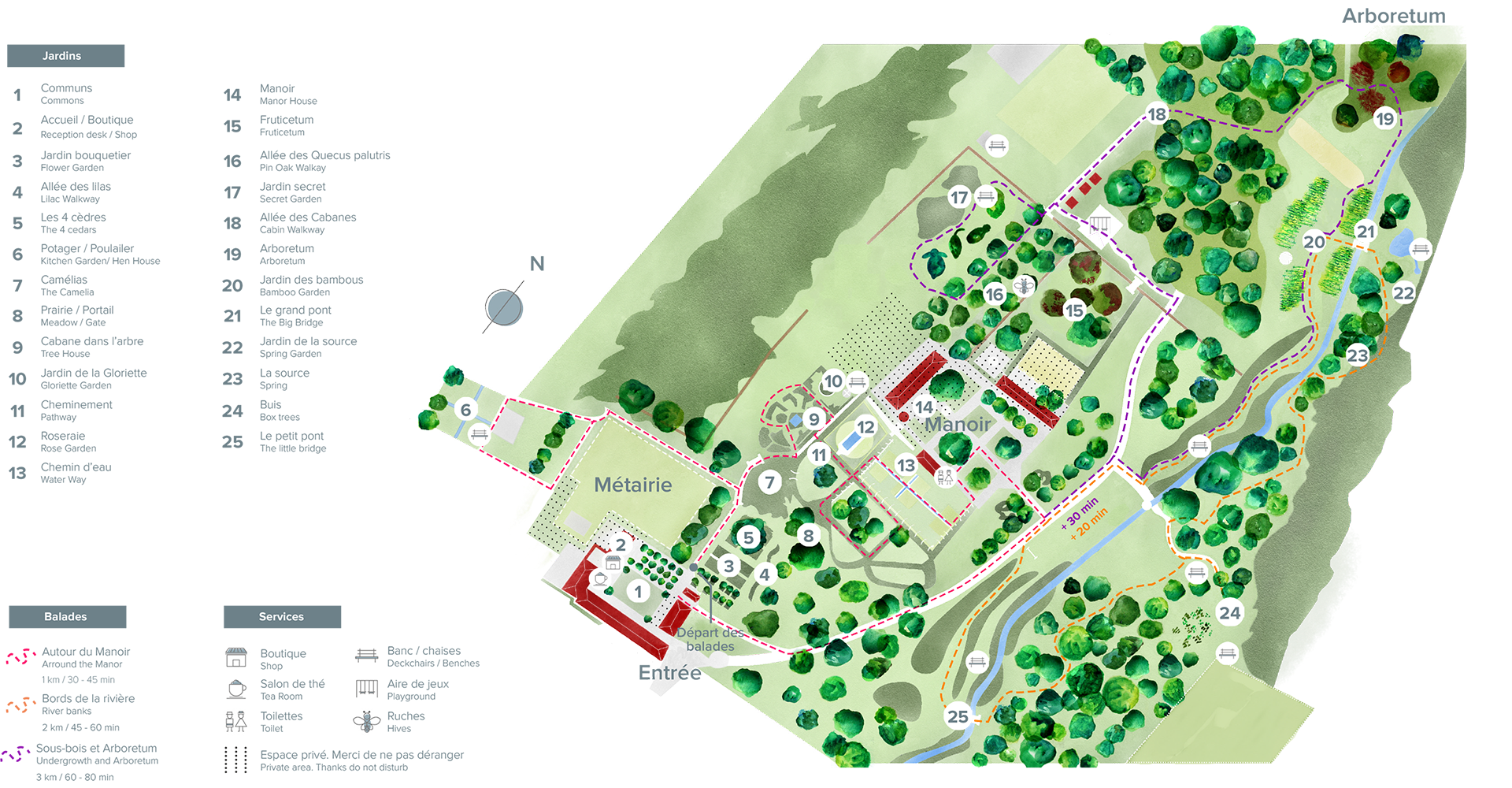
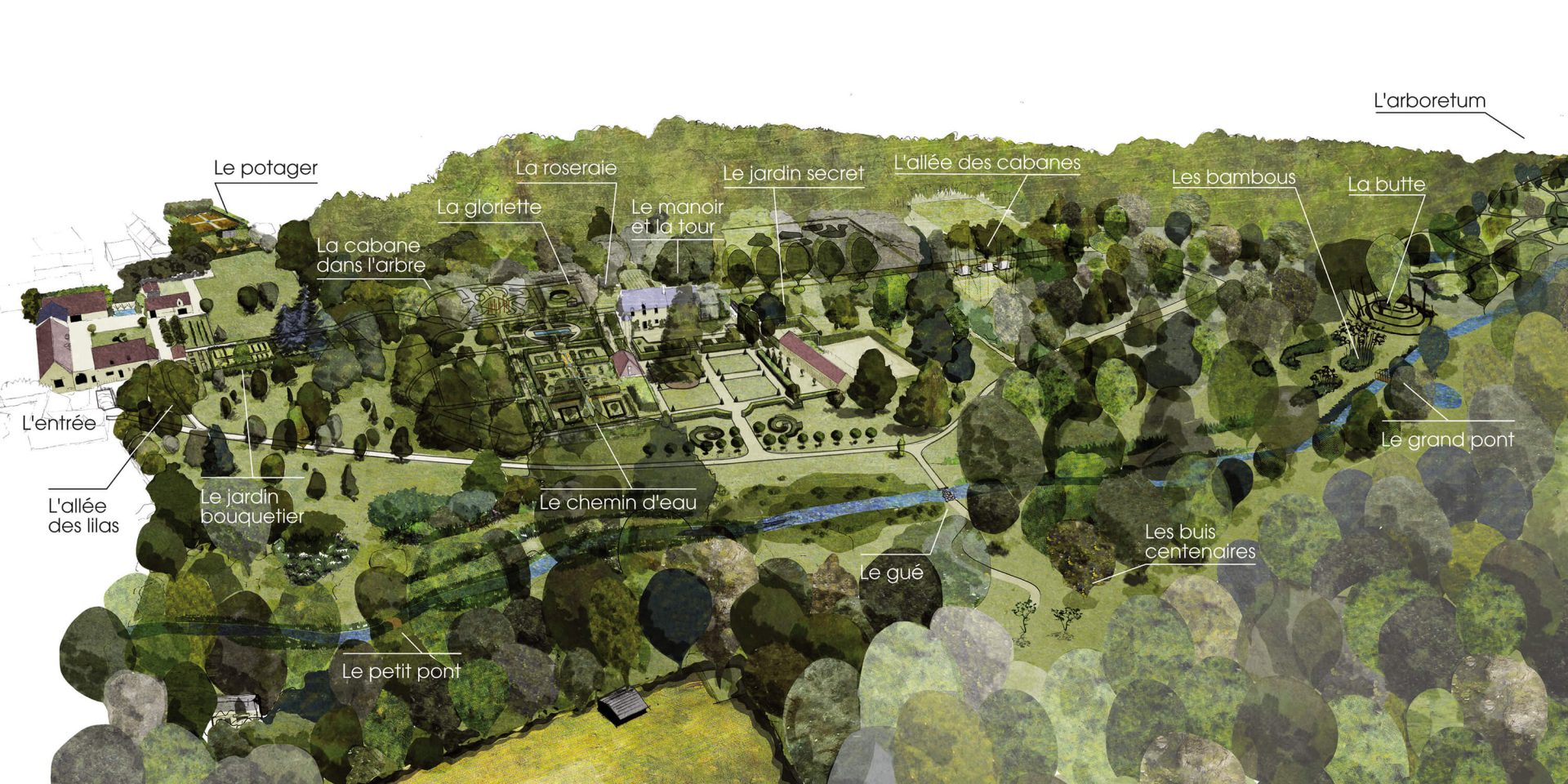
Valérie Esnault

Calendar of blooms
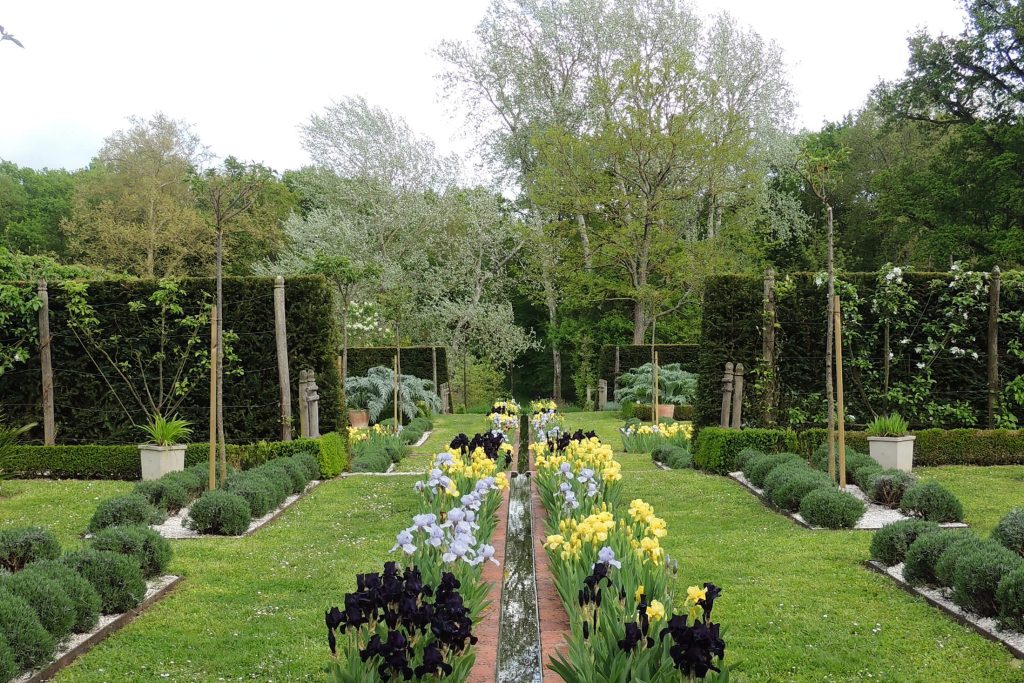
Spring
Flowering of late narcissus, alliums, eremurus, lilies, iris, peonies (shrub and herbaceous), rose bushes, perennials, magnolias, lilac (syringa), cornus, florida and kousa, viburnum, shadbush, deutzia, cladrastis, davida, michelia yunnanensis, clematises, chinese and japanese glycine.
All the small fruits.
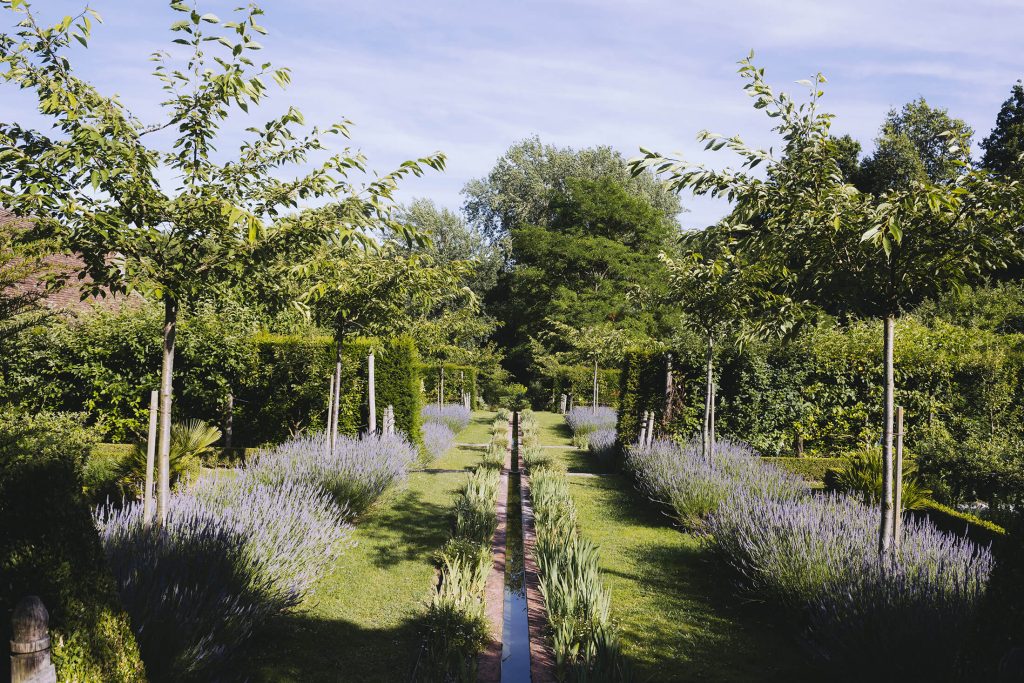
Summer
The aromatic plants and herbs, mints, hemerocallis (daylilies), crocosmias, lavender, dahlias, agapanthus, potentillas, salvia and other perennials, liriodendron, catalpa, sophora japonica, styrax, aesculus parviflora, abelia, ceanothus, clerodendron, indigofera, itea, weigela, hibiscus, buddleias, hydrangeas, vitex.
Water lilies and lotus.
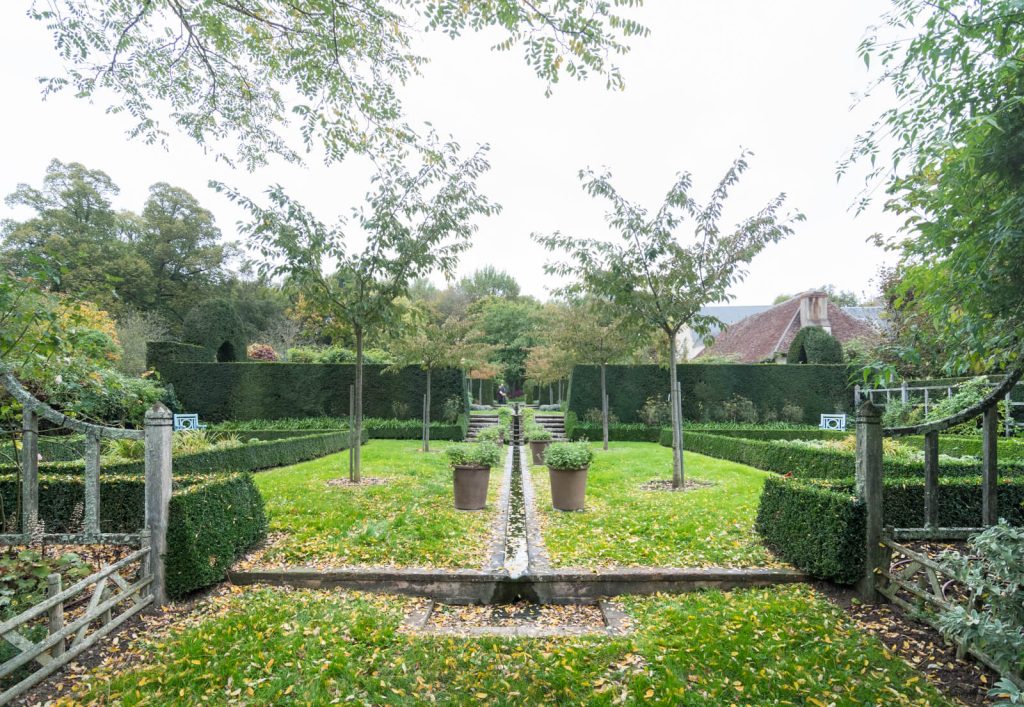
Autumn
Colours of the foliage, acer, taxodium, metasequoia, quercus palustris, nyssa, carrya, gingko, parrotia (ironwood), stewartia, euonymus…)
sedums, heathers, asters, gramineous, rose bushes, repeat-flowerers, elaeagnus, osmanthus, sasanqua camellia.
Apples, pears, quinces, figs, blueberries, elderberries and more.
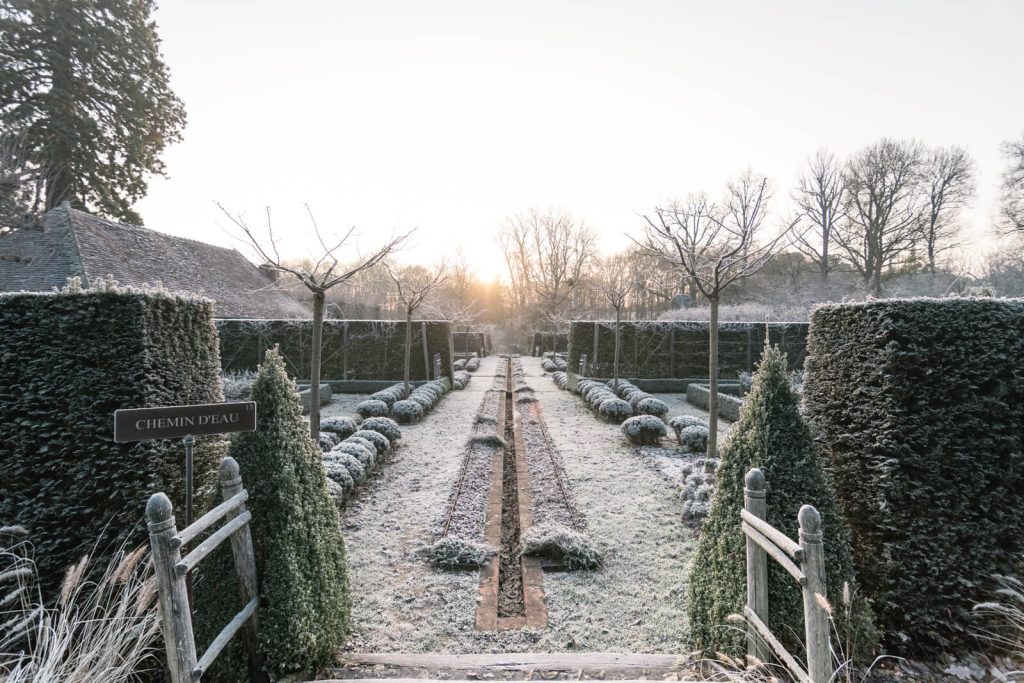
Winter
Successive blooms the bulbs on the lawns, in the flowerbeds, at the foot of the fruit trees; hellebore, hamamelis (witch-hazel), edgworthia, camellia japonica, sarcoccoca, daphne, lonicera fragantissima, prunus.
The beauty of bark and catkin in the winter sun: betula jacquemontii, nigra, albosinensis, acer griseum, liquidambar, salix matsudana, coryllus and salix.
Conifers: abies, calocedrus, cedrus deodora, libani, atlantica, chamaecyparis, cryptomeria, cupressocyparis, pinus artistata et parviflora, sequoia, tsuga